➔ Fabulochory
2023 - ongoing
Anna Siekierska and Agnieszka Dragon
Through guided seed walks, storytelling, workshops and exhibitions, Fabulochory project opens to questions regarding humans’ relations to seeds.
Different methods of seed dispersal have specific names in biology. Anemochory refers to dispersal by wind, hydrochory by water, and zoochory involves animals. Autochory occurs through the plant’s own mechanisms, using the force of its tissues to spread seeds. Human involvement in seed dispersal falls under zoochory, even though we often strive to distinguish ourselves from other animals. With the rise of civilization and technological advancement, a new form has emerged: technochory - dispersal through machines and modern tools. There is also a more symbolic, immaterial form of dispersal that seeds have inspired in us: fabulochory (from Latin fabula, meaning story or fable). Each seed, when held by human hands, becomes a story - remembered, retold, and shared. In this way, seeds travel from hand to hand, tucked into bags, tied in knots and bundles, hidden in pockets, stored in jars, or sealed in hastily folded envelopes.
The container is used to collect and store goods. Ursula K. Le Guin concludes that it may have been one of the earliest cultural creations. In her essay 'The Carrier Bag Theory of Fiction', she describes the possibility of spinning a story from the position of the collector. Can a story about the daily collection of seeds into a container be as interesting as a hunter's tale full of sharp tools and fast-paced action? Story matters. We want to spin the stories of women collectors and give a voice back to the people involved in collecting and storing seeds, and help to listen to the voices of more-than-humans.
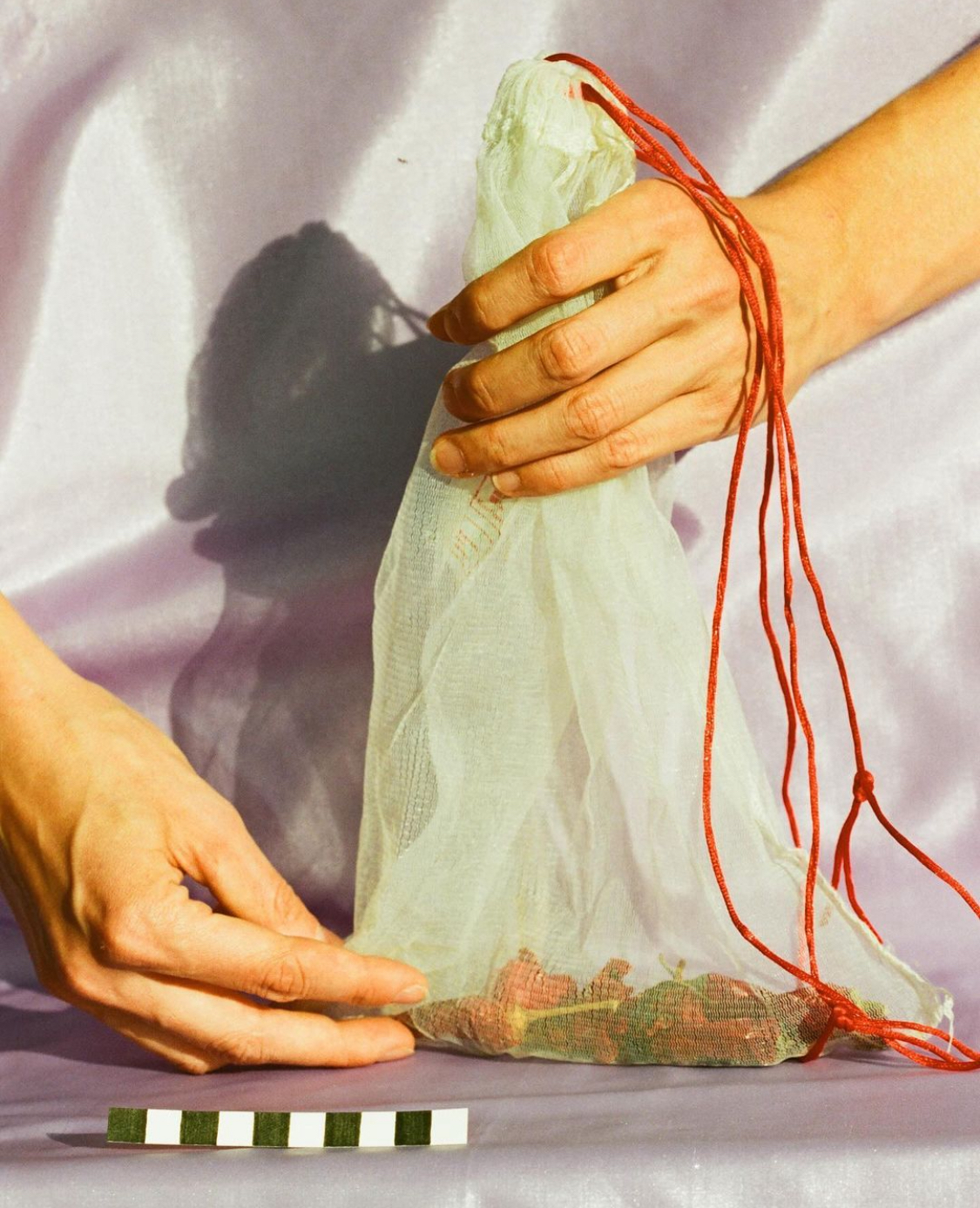
For the three exhibitions in DOMIE (Poznań), Stroboskop (Warsaw), Galeria UL (Gdańsk), we showed sculptures depicting scaled-up seeds of the greater calandine, bidens and lime and pictures of the various seed containers. It was an attempt to capture the different ways in which people hold seeds and pass them on to each other. The bean seeds brought back after the outbreak of war by a woman from Ukraine became iconic for us, in which the past, the future, identity and hope are revealed. The photographs are kept in the style of family albums and traditional photographic studios. They also refer to scientific publications documenting natural objects, i.e. stones, meteorites, insects. Unconventionally professional, evoking the aesthetics of early digital photography.
An additional element was to conduct walks in each city to overgrown sites, inviting participants to create their own seed containers. This became the basis for the development of the Fabulochory zine.
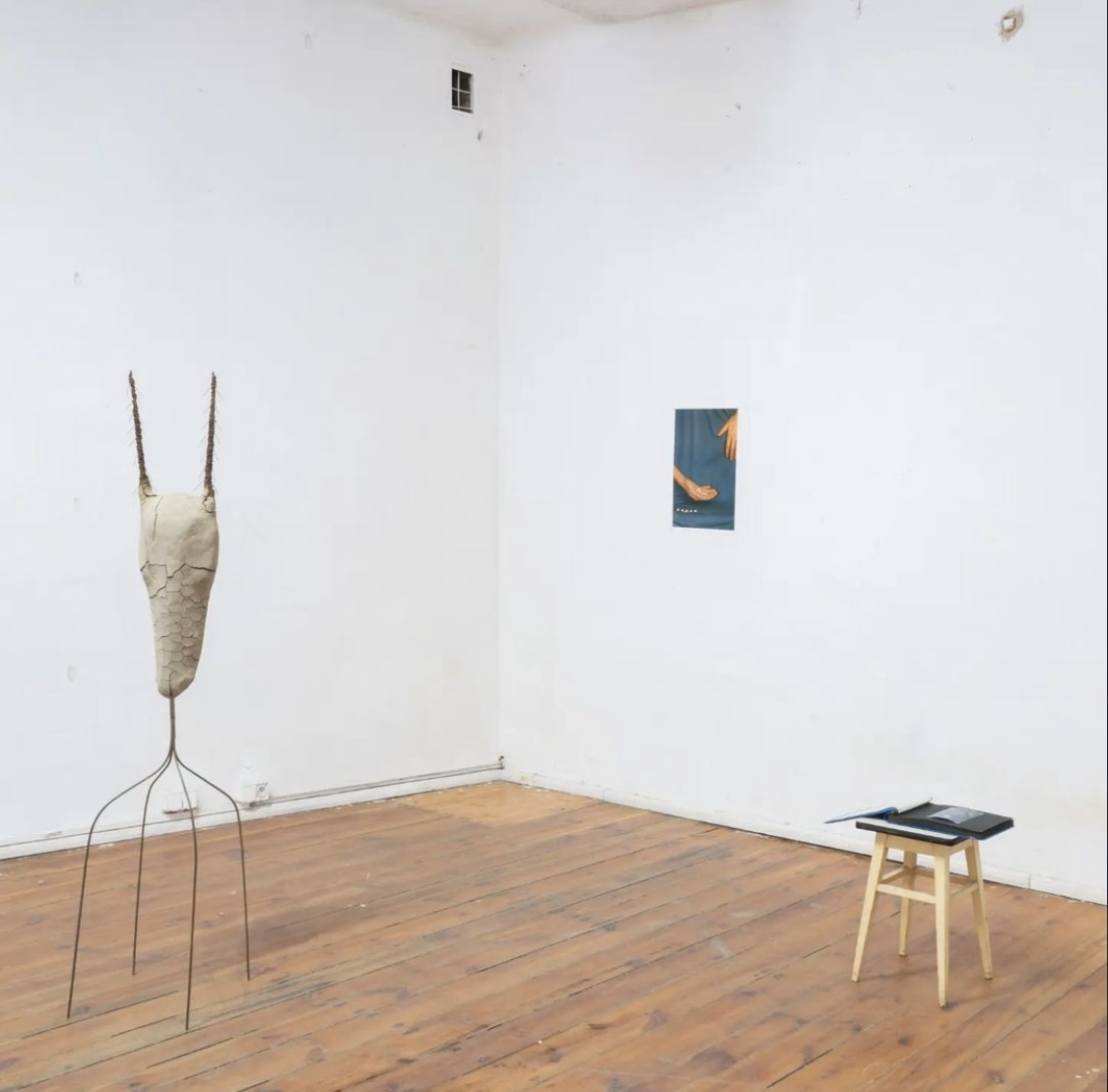
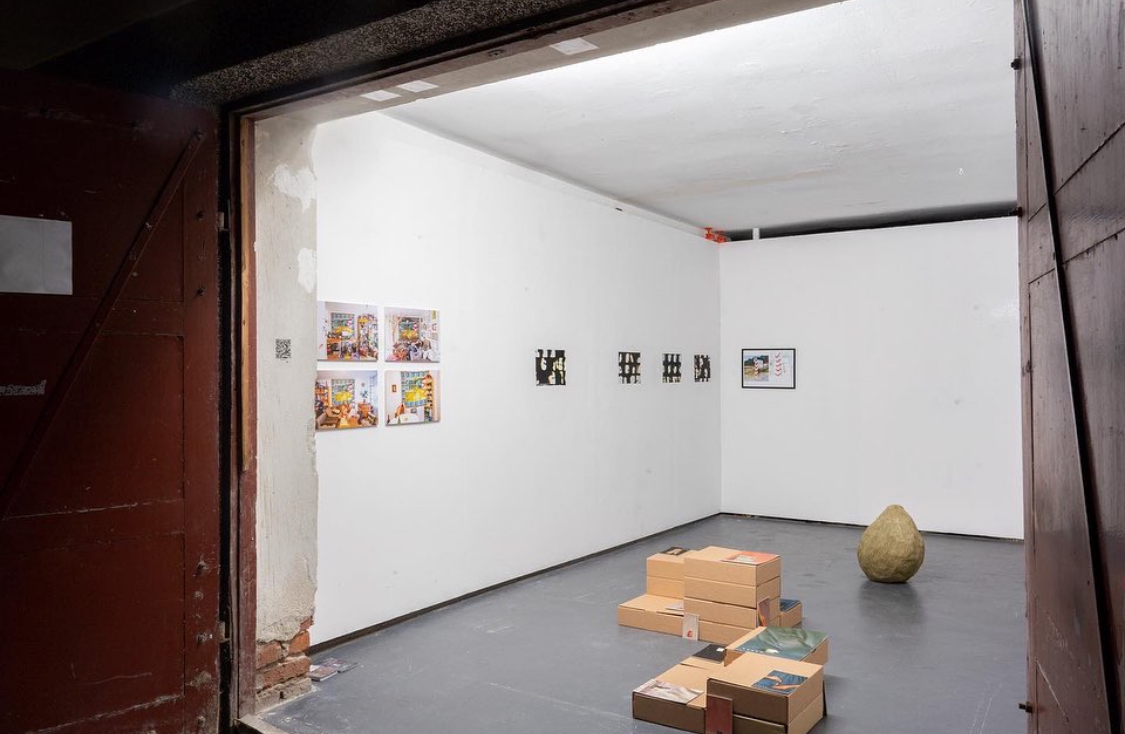
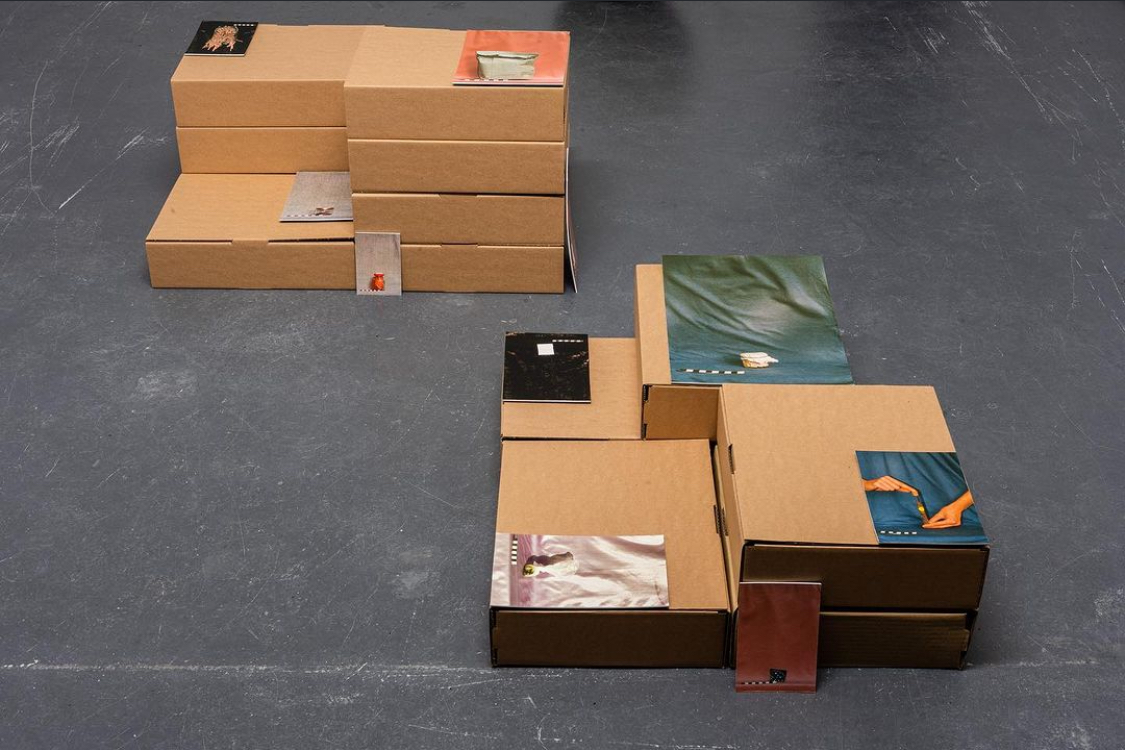
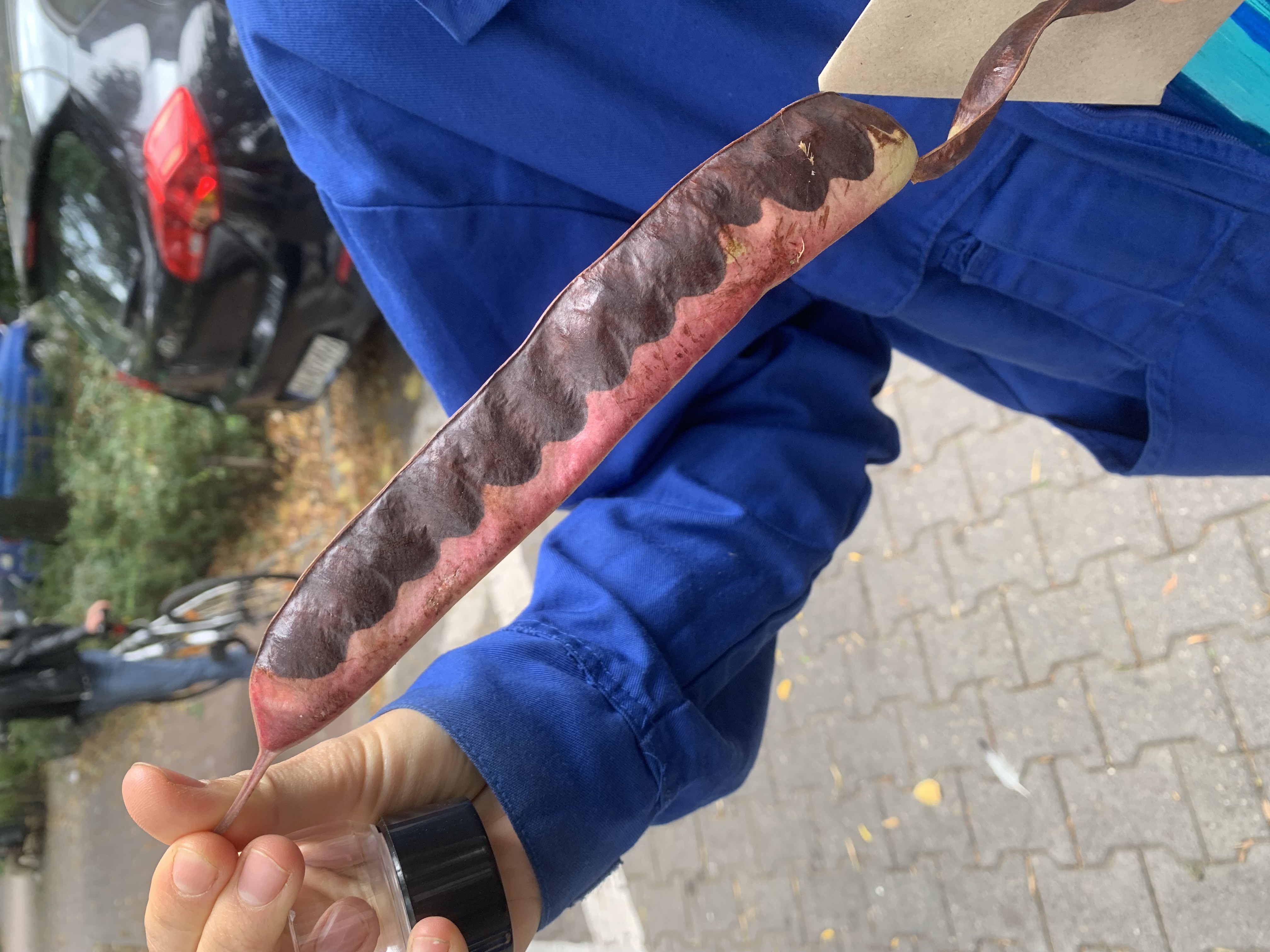
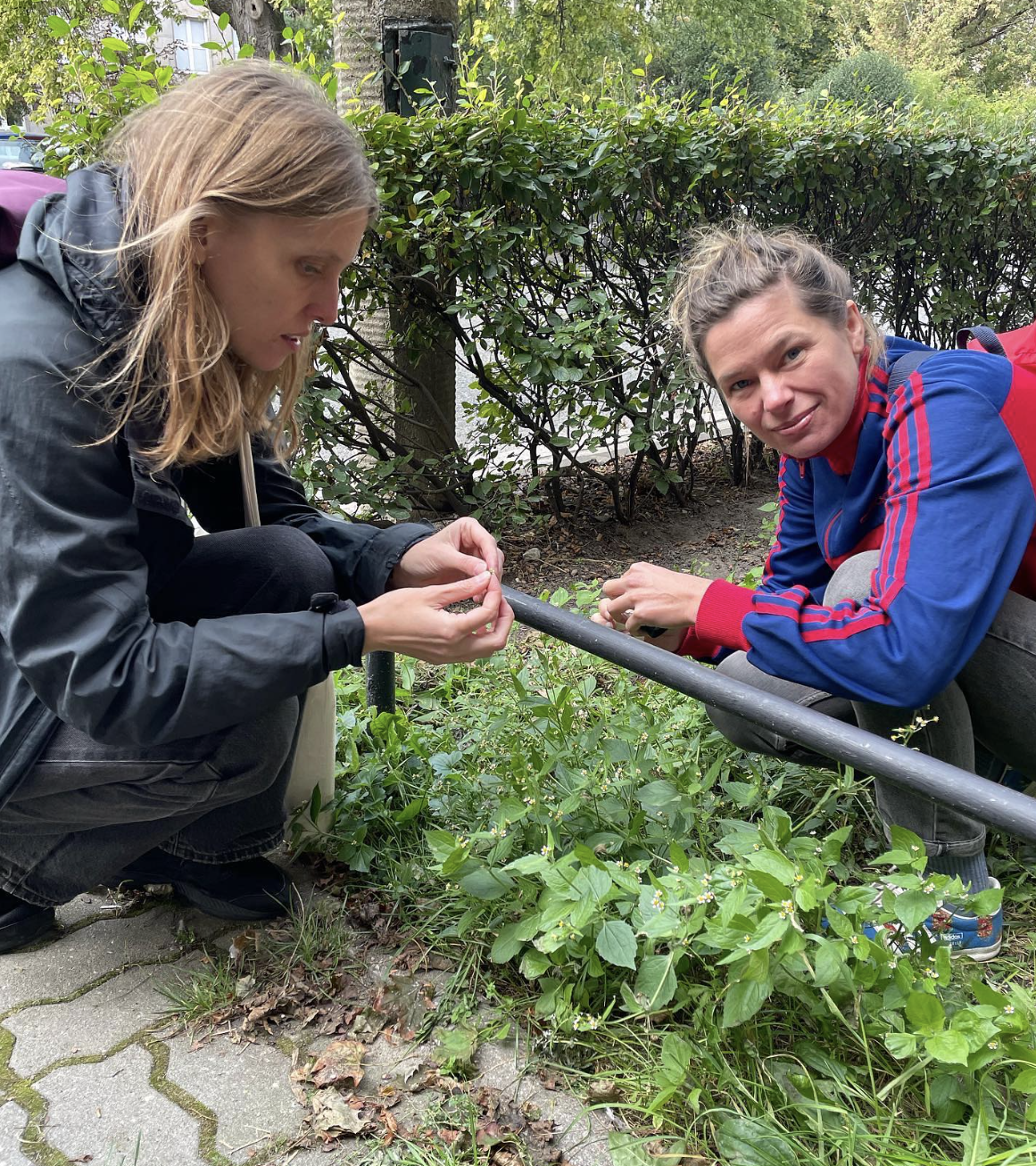
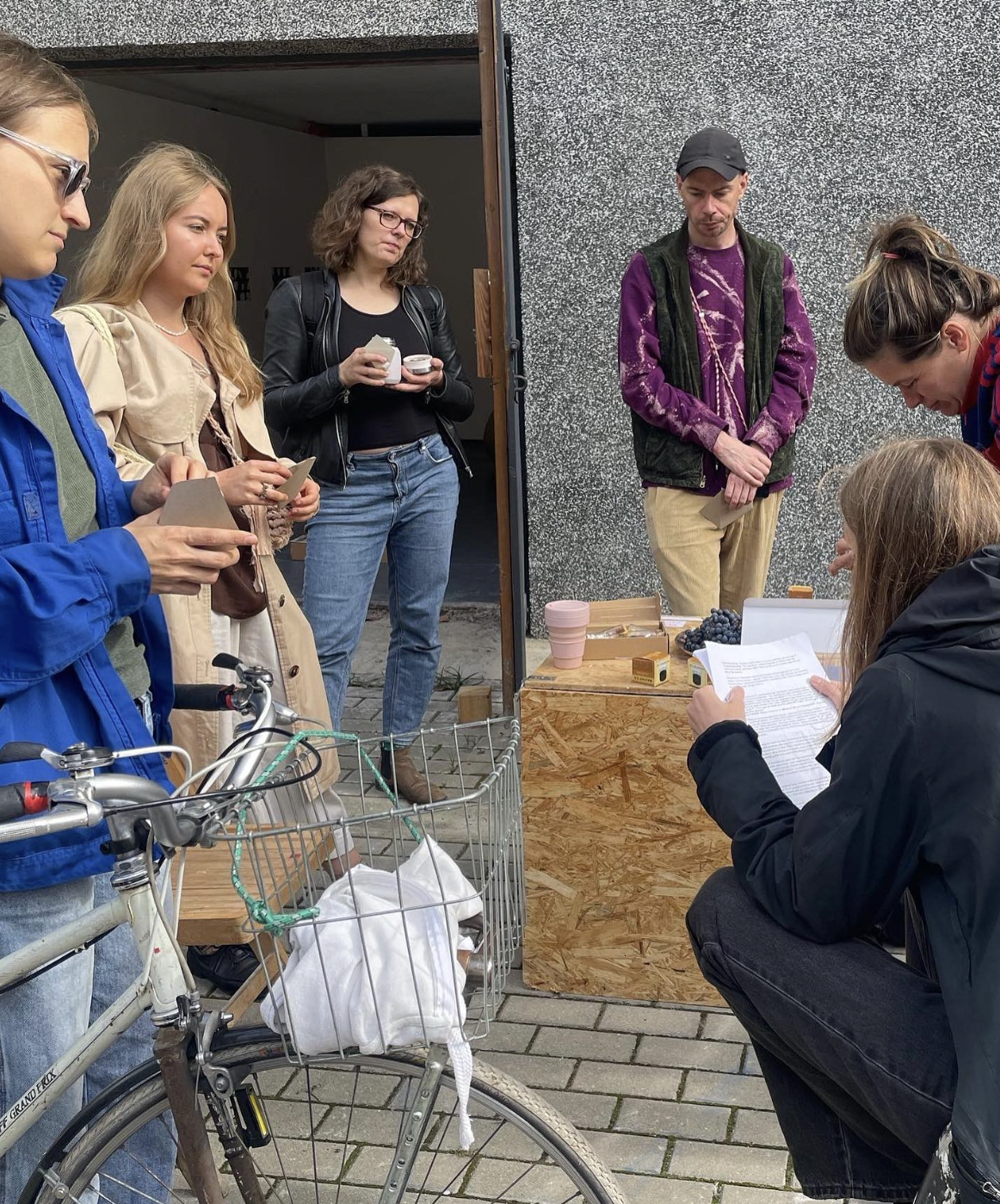
Fabulochory project was first shown as part of Autostrata exhibitions in 2023. More information: https://autostrata.eu/
Curators: Anastasiia Batishcheva and Ilinca Fechete in collaboration with Piotr Szymon Mańczak, Goś Patalas, Katie Zazenski, and Marta Grabowska.
Supported by: The Akademieverein München e.V. and the BBK Bayern e.V.